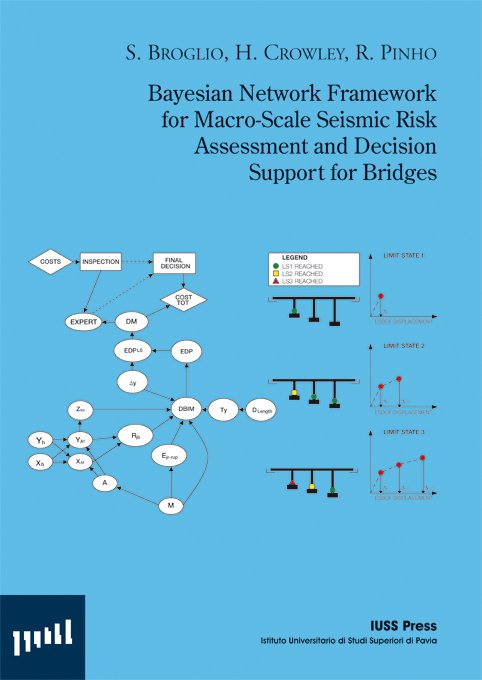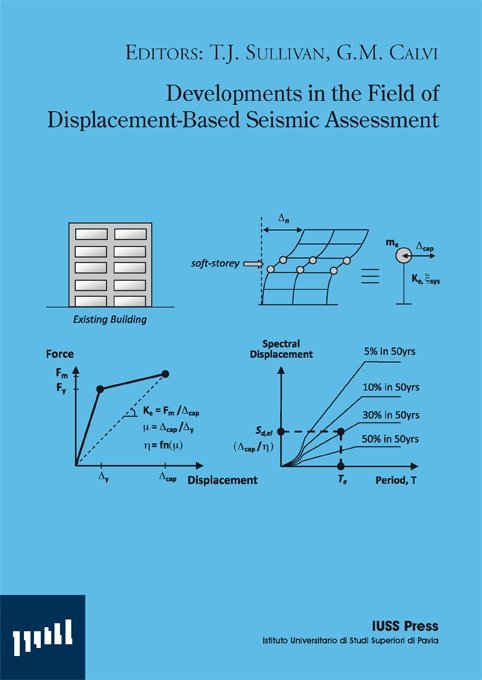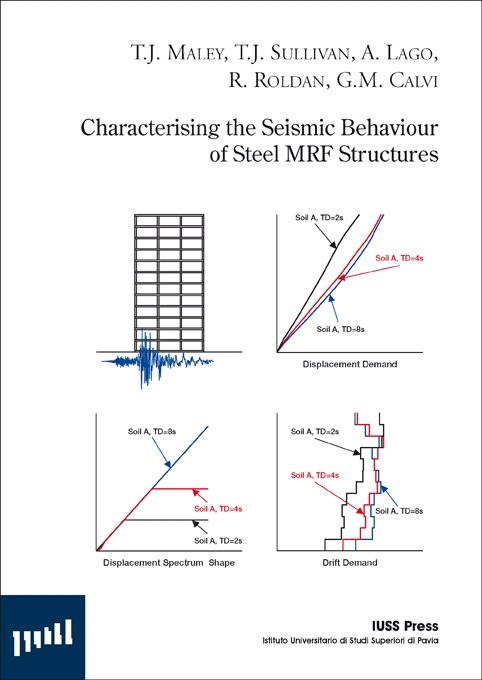Catalogue

Bayesian Network Framework for Macro-Scale Seismic Risk Assessment and Decision Support for Bridges
24/01/2013
Developments in the Field of Displacement-Based Seismic Assessment
24/02/2013Characterising the Seismic Behaviour of Steel MRF Structures
Original price was: € 25,00.€ 12,00Current price is: € 12,00.
T.J. Maley, T.J. Sullivan, A. Lago, R. Roldan, G.M. Calvi
Report EUCENTRE 2013/02
ISBN: 978-88-6198-089-1
Recent earthquake events have highlighted the need for seismic design approaches that not only ensure life-safety during rare earthquake events but also effectively control the likely damage, or performance, of structures as a function of acceptable levels of seismic risk.
FUORI CATALOGO
Recent earthquake events have highlighted the need for seismic design approaches that not only ensure life-safety during rare earthquake events but also effectively control the likely damage, or performance, of structures as a function of acceptable levels of seismic risk. These concepts are at the heart of new performance-based design requirements that are emerging internationally in seismic design and need to be employed by the European steel construction industry. With this in mind, the European Research Fund for Coal and Steel has provided financial support for the DiSTEEL project, which is aiming to deliver a set of practical performance-based design guidelines for steel MRF structures. The objective of this report is to examine the dynamic non-linear response of steel MRF structures subject to earthquake excitations and to subsequently identify simplified means of characterising the frames, for the purposes of displacement-based seismic design (DBD).
The research focusses on the seismic response of a series of regular, three-bay steel moment-resisting frames ranging from 4- to 20-storeys, designed using existing guidelines for DBD. Models of the steel frames are subject to non-linear dynamic analyses using a selection of different spectrum-compatible accelerograms scaled to different intensity levels.
Analysis results for a range of important engineering demand parameters are presented for all the case study structures and intensity levels. It is found that the DBD method performs reasonably well, generally controlling peak storey drifts to be below design limits. It is observed that spectral shape has an important effect on the response and recommendations to account for this in DBD are provided. By post-processing results new insight into critical factors for performance-based earthquake engineering are provided.
Overall, the report is considered to provide a valuable contribution to the state-of-the-art, highlighting the seismic behaviour of steel MRF structures. A number of developments are made that will be useful for formulation of performance-based design guidelines for steel MRF structures, particularly for what regards the realisation of a simplified displacement-based seismic design approach.
| Weight | 0,650 kg |
|---|---|
| Dimensions | 17,0 × 24,0 cm |

